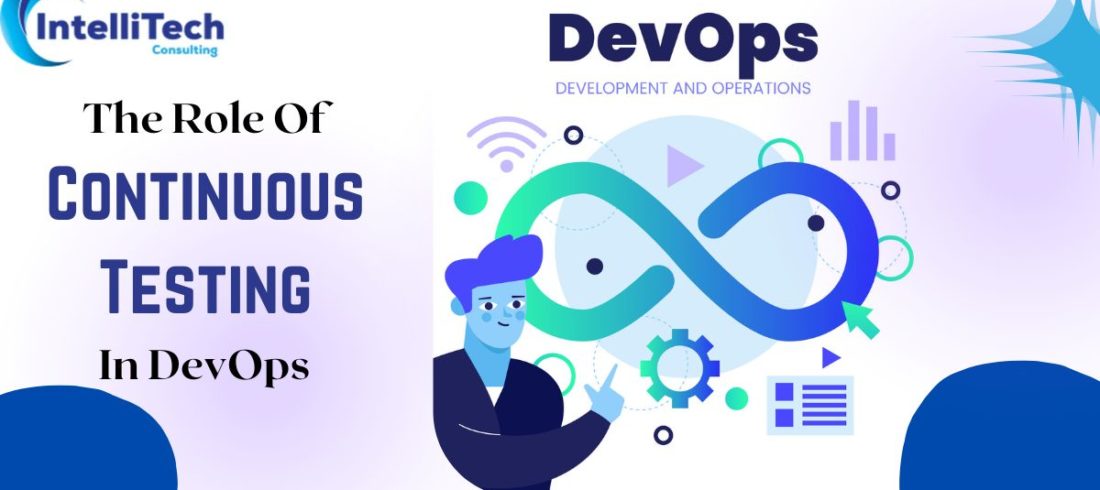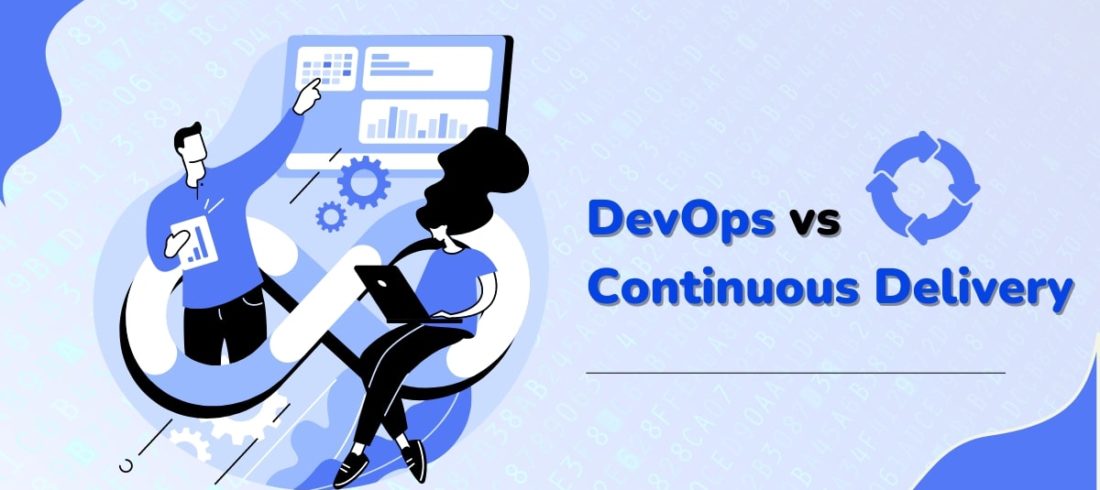

Continuous delivery vs. Continuous deployment
DevOps world has common terms like continuous integration, continuous delivery, and continuous deployment. Even though these terms are often utilized conversely and even frequently as synonyms, perhaps, all these terms are an essential part of the software delivery process; each has its necessities and, all the more significantly, benefits. Let’s discuss the detailed comparison of terms continuous delivery and continuous deployment.
Continuous Delivery
Continuous Delivery is an expansion of continuous integration since it empowers automation to send all the code to an environment such as dev, QA, prod, etc. after the progressions have been consolidated. The relic might be created as a component of CI or as a feature of this process since the source of your storehouse is solid, given your CI cycle. In general, it implies an automatic release system on top of the automated testing system that developers can deploy their progressions whenever by basically clicking a button or toward the finish of CI.
Benefits of Continous Delivery
As changes could be deployed at any time by the developers, it’s prescribed to deploy the progressions to production as usual as possible, investigating more straightforwardly and furnishing your clients with access to the best your product brings to finish quickly. Periodically, Release managers mainly handle the production release while administering a compliance process to guarantee organizational cycles are being met. By putting non-technical to manage and control this process, you can diminish the burden on the deployment group so they might keep on executing additional application enhancements.
Continuous Deployment
Continuous deployment takes the process one step ahead of continuous delivery. In these terms, every change that passes the check confirmation at each stage in the pipeline is delivered to creation. This cycle is automated, and just a failed confirmation step will forestall push the progressions to production.
Benefits of Continous Deployment
Since the customers offer the updates rapidly, the developers will be provided with feedback, which implies less burden as minor changes are pushed steadily compared with updates, not that frequently. To effectively achieve Continuous Deployment, examining the metrics around Mean Time to Repair and Change Failure ratio is essential for the success of wholly automated deployments.
Continuous delivery vs. Continuous Deployment; Detailed Comparison
With continuous delivery, the most common way of deploying software is not any more complicated. Presently, the group doesn’t have to invest much time in setting up the release. It even made the releases more frequent and sped up the feedback loop process with customers. Moreover, the iteration becomes quicker.
On the contrary, continuous deployment makes the deployment process automotive. Thus, there is no need to halt the development for release any longer, as the whole deployment process is presently robotized. Even though, the release process does not involve any risk and could be fixable easily in case of any problem. CD helps with a continuous chain of enhancements in quality with time, speeding up the development process.
Conclusion
Undoubtedly, Continuous delivery and continuous deployment are two primary components of the development process in DevOps. Despite having differences in functionality of each term, they both serve an essential role in the product development process.





